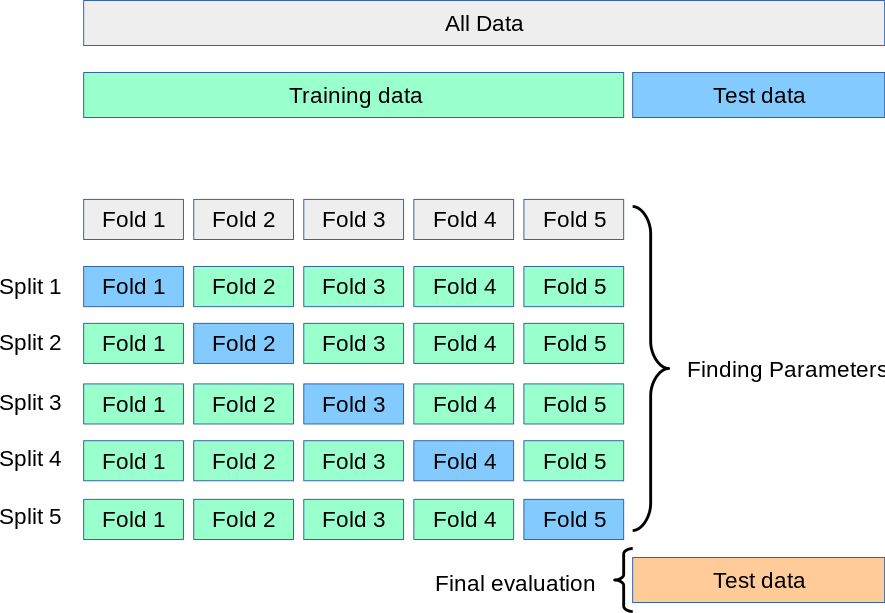Hi. We conduct a subject-independent three folds cross-validation for each dataset and report the average results over 3 folds., which follows the same protocol as previous studies [1,2,3]. So there is no independent test data. And we use MTCNN to perform face detection and alignment for each frame and crop it to (256 x 256) and further cropped it to 224 × 224 as an input for backbones. Indeed, we align the faces with the landmarks provided by the MTCNN tool to make sure that we can get an image full of the face. You can also use other tools like dlib or Retinaface. You can see the preprocessed image sample in our data folder。
[1] Zhao K, Chu W S, Zhang H. Deep region and multi-label learning for facial action unit detection[C]//Proceedings of the IEEE conference on computer vision and pattern recognition. 2016: 3391-3399. [2] Song T, Chen L, Zheng W, et al. Uncertain graph neural networks for facial action unit detection[C]//Proceedings of the AAAI Conference on Artificial Intelligence. 2021, 35(7): 5993-6001. [3] Shao Z, Liu Z, Cai J, et al. JAA-Net: Joint facial action unit detection and face alignment via adaptive attention[J]. International Journal of Computer Vision, 2021, 129(2): 321-340.
To my knowledge, cross-validation needs sparate test dataset.
Here is the cross validation workflow.
From your paper, I cannot find any information, how to prepare test dataset. Could you explan the details?
And when you preprocess the face data with MTCNN, did you align the faces? If so, Could you also explain about alignment process?
Thank you!